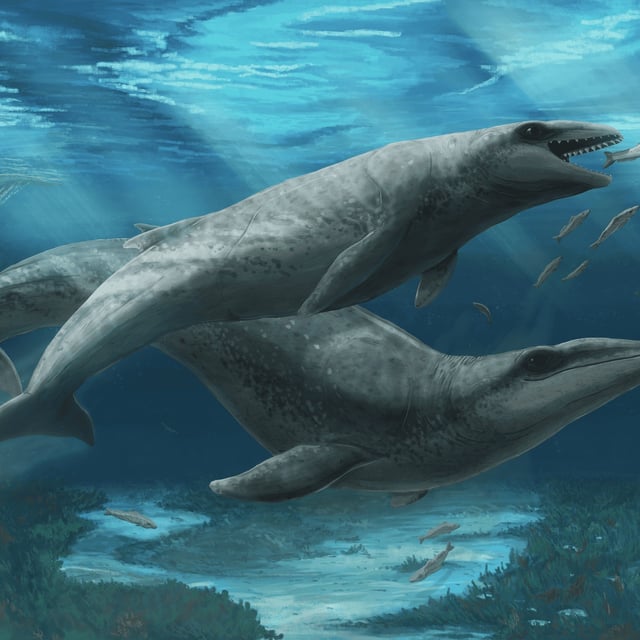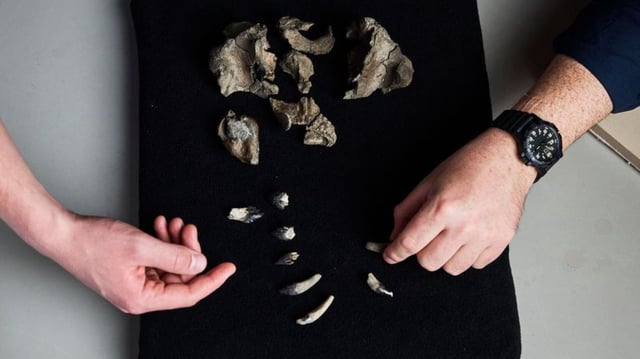Overview
- The peer-reviewed description in the Zoological Journal of the Linnean Society formally names Janjucetus dullardi as a juvenile mammalodontid from Victoria’s Surf Coast.
- The fossil includes a rare partial skull, ear bone and eight razor-edged teeth that distinguish this shark-like toothed mysticete.
- High-resolution microCT imaging of inner ear structures, including the cochlea, offers direct evidence of hearing sensitivity and navigation in early whales.
- Measuring about 2–2.2 metres with large forward-facing eyes and a short snout, the specimen underscores a predatory phase before the emergence of filter feeding.
- As only the fourth mammalodontid ever identified and the third from Victoria, the discovery elevates the Jan Juc Formation as a key site and prompts expanded fieldwork and collection studies.


